It is the elegant and marvellous Discus fish that finds itself under the Fish Room 'Breeding Spotlight' and for good reasons.
The Discus fish, a member of the Cichlid family, require immaculate water conditions and are normally kept by only the very experienced fishkeepers. That is not to say, only the fishkeeping elite can successfully maintain a Discus aquarium however, breeding these amazing fish takes a certain level of commitment that not all fishkeepers have the ability to give.
To set up a Discus breeding tank, a water temperature of 29℃ with a consistent pH level of 6.5 should be established. Stability is a very important element of the process and as such, a 10% daily water change is advised, carefully removing detritus form the substrate at the same time. An appropriate size of sponge filter is the best method of filtration. The large surface and slower flow is ideal for beneficial bacteria and newly hatched fry. Regular water tests are important and it is strongly advised to invest in adequate test kits to make sure you can monitor the water quality regularly and address any issues if they arise. Take a look at our range of water testing kits here https://bit.ly/3u2Usca
For a pair of Discus, a 90-100l aquarium is adequate. One of the most common mistakes made is providing too much space for a breeding pair. Discus fry actually feed on the mucus covering their parents skin and in a large aquarium, they often swim too far away from their parents, becoming lost and unable to feed, they perish. So an aquarium of 100l is the perfect balance.
Conditioning Discus for breeding is similar to other fish. Providing them with live and high protein foods such as white worms adult brine shrimp or mosquito larvae are the absolute best but success san also be seen when feeding beefheart too. Remove uneaten foods straight away to avoid fluctuations in the water conditions.
Creating potential spawning areas will encourage your pair to lay eggs. A breeding cone is perfect for this and several can be placed in one aquarium .Once eggs are laid, they are susceptible to bacteria. Many breeders combat this by adding some Methylene blue. Alternatively, a few Indian Almond Leaves can assist in this process. Read about the benefits of adding these leaves to your aquarium in this short blog
If successful, fry will appear. A few days after that fry will move from the spawning site and onto their parents sides. This will be sufficient for around a week when their diet can be supplemented with baby brine shrimp. Six weeks later, their diet can be similar to that of their parents.

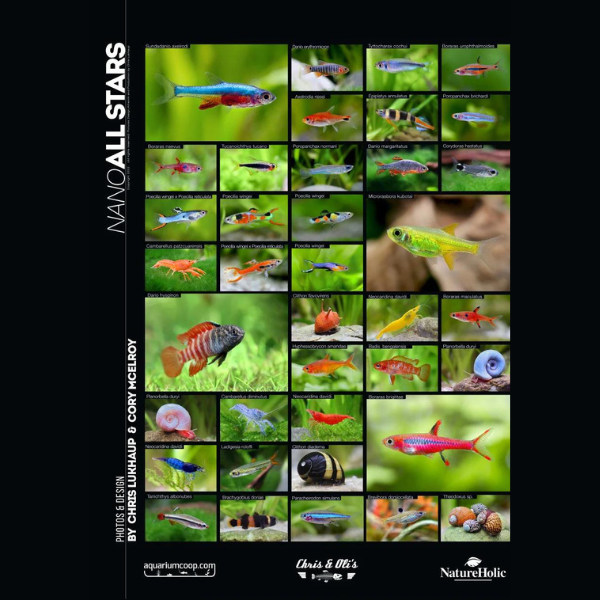
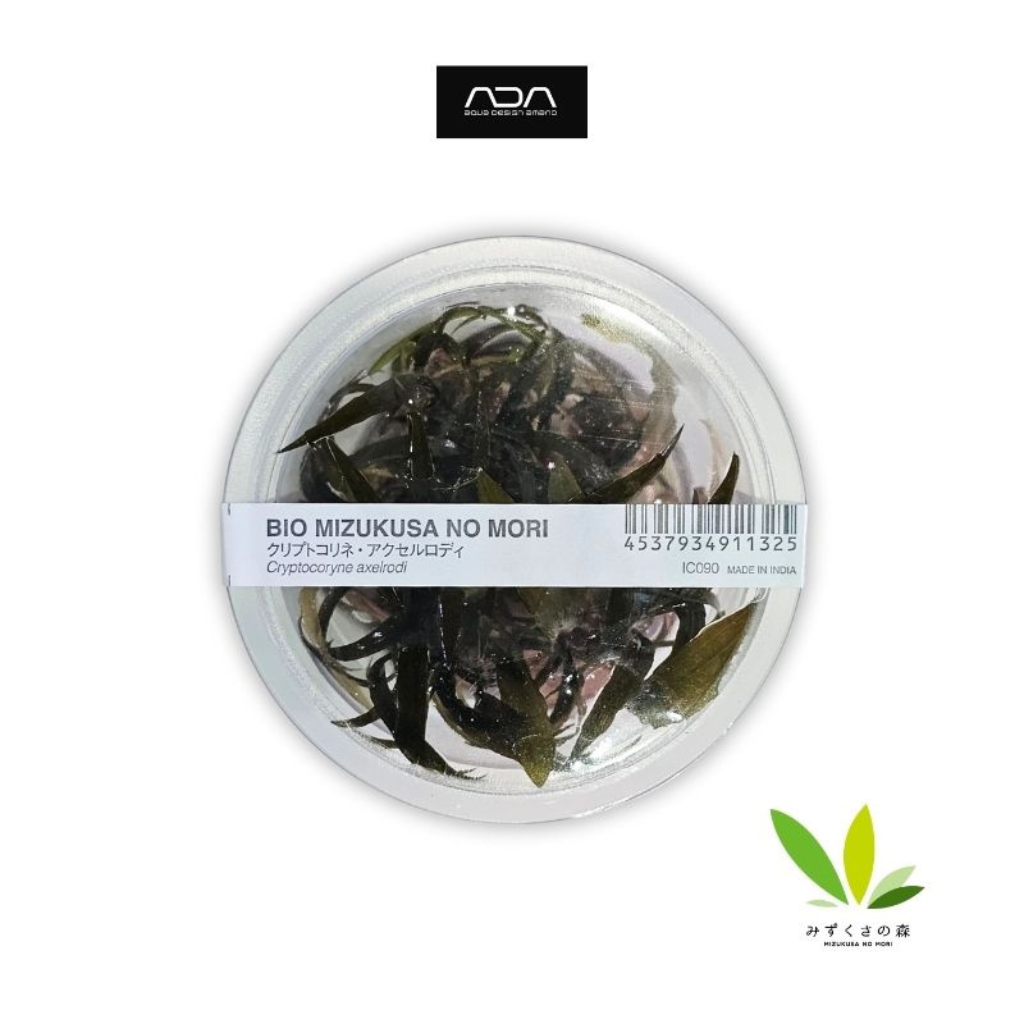
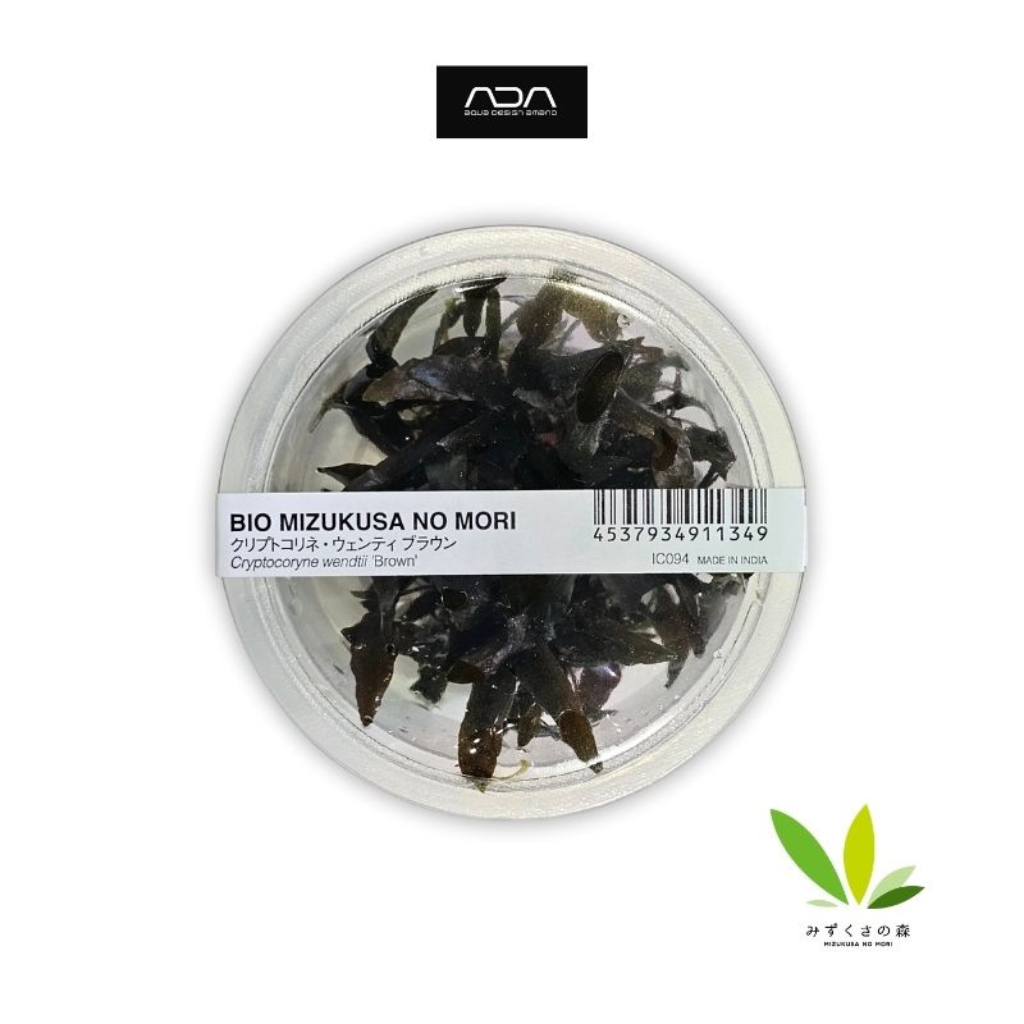
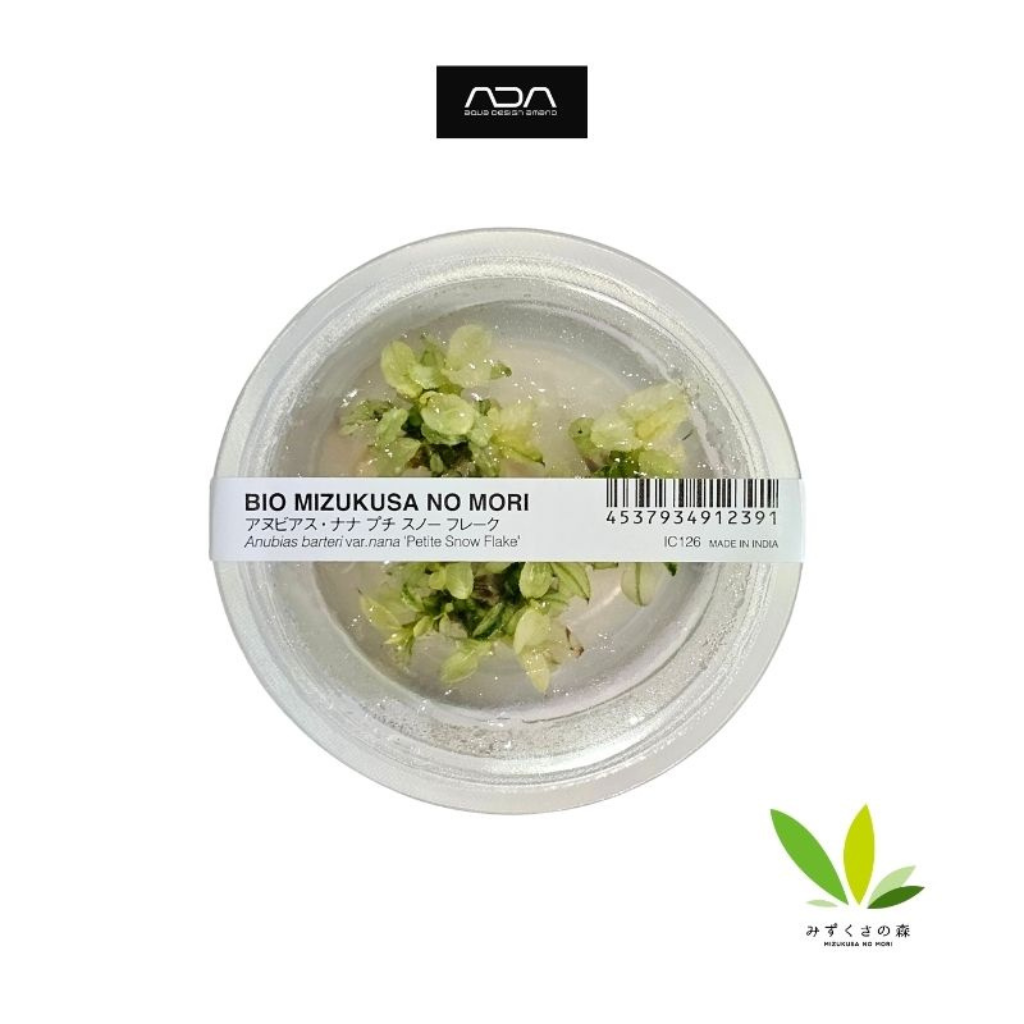
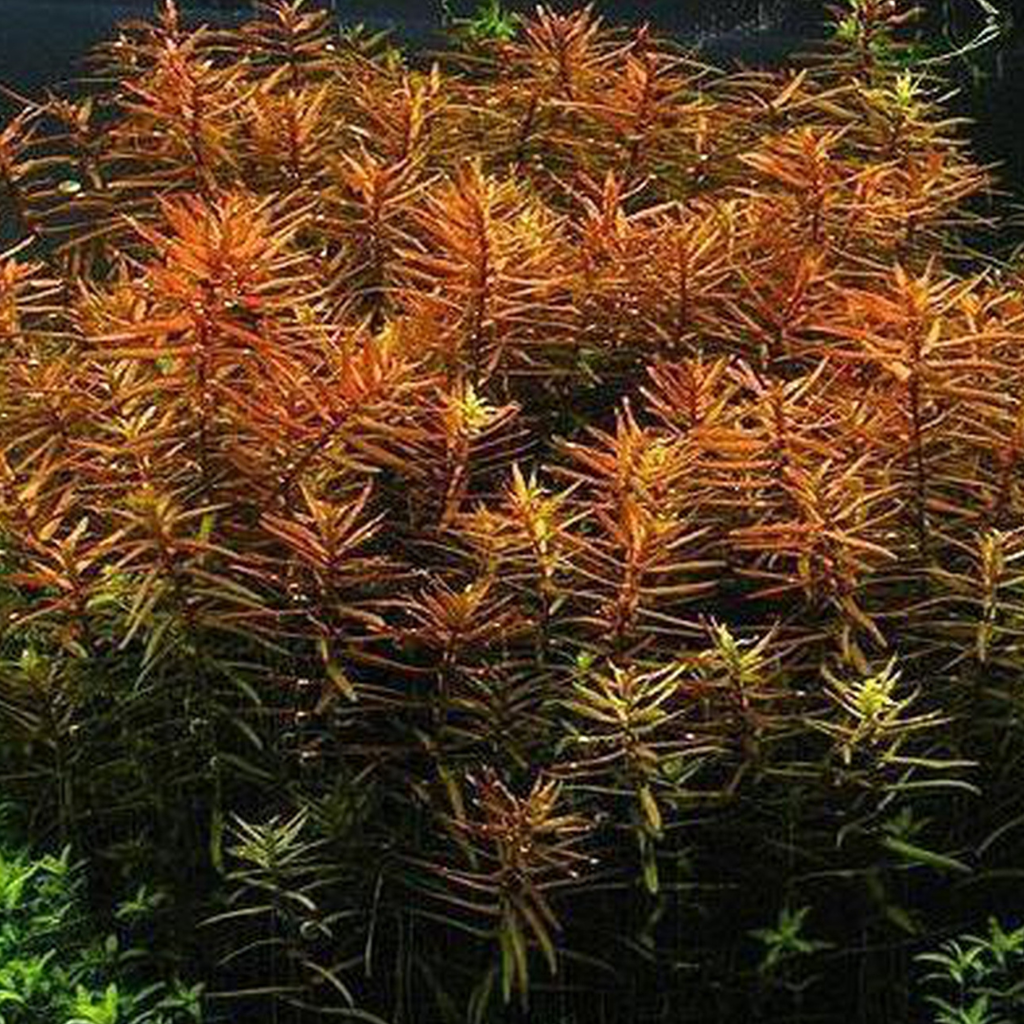
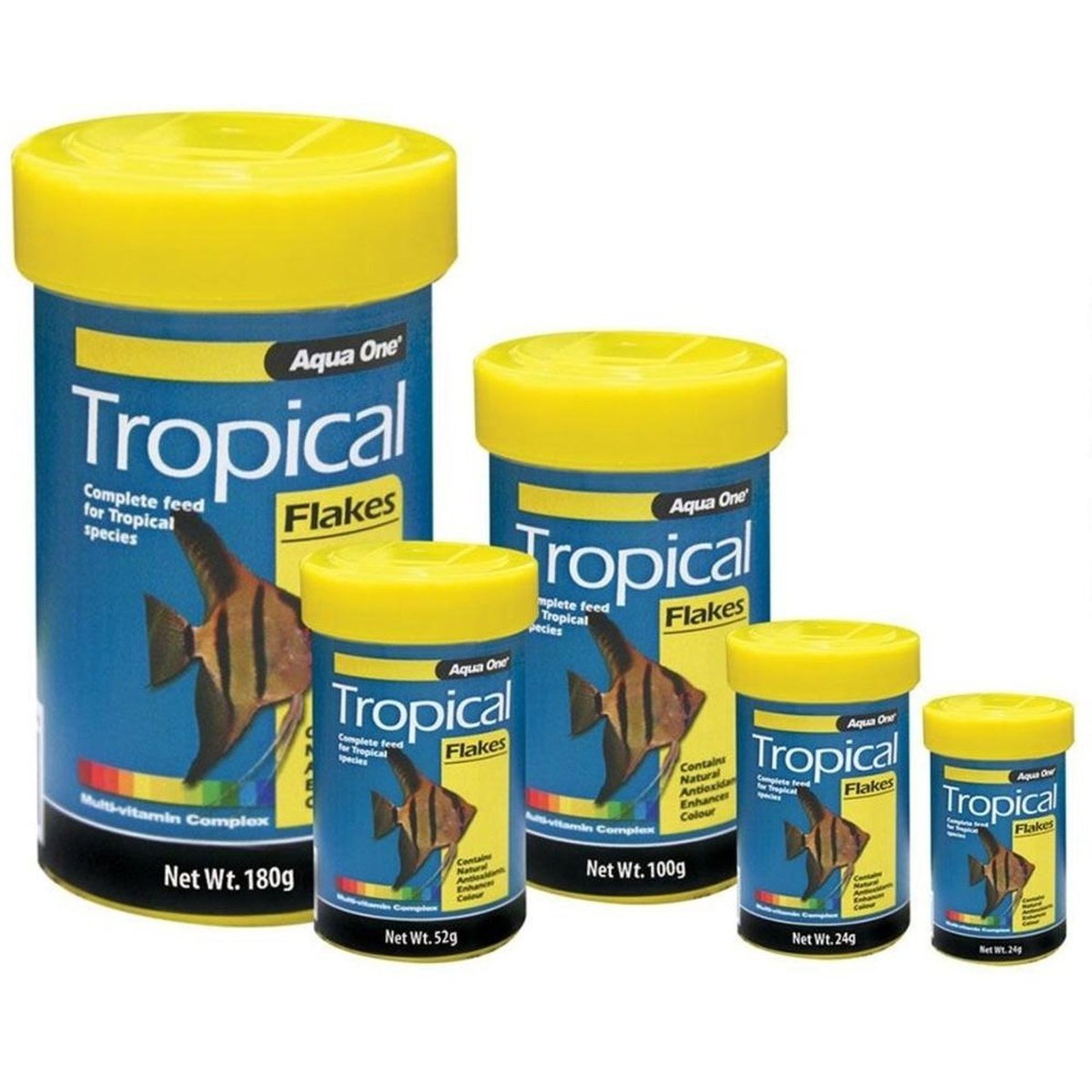
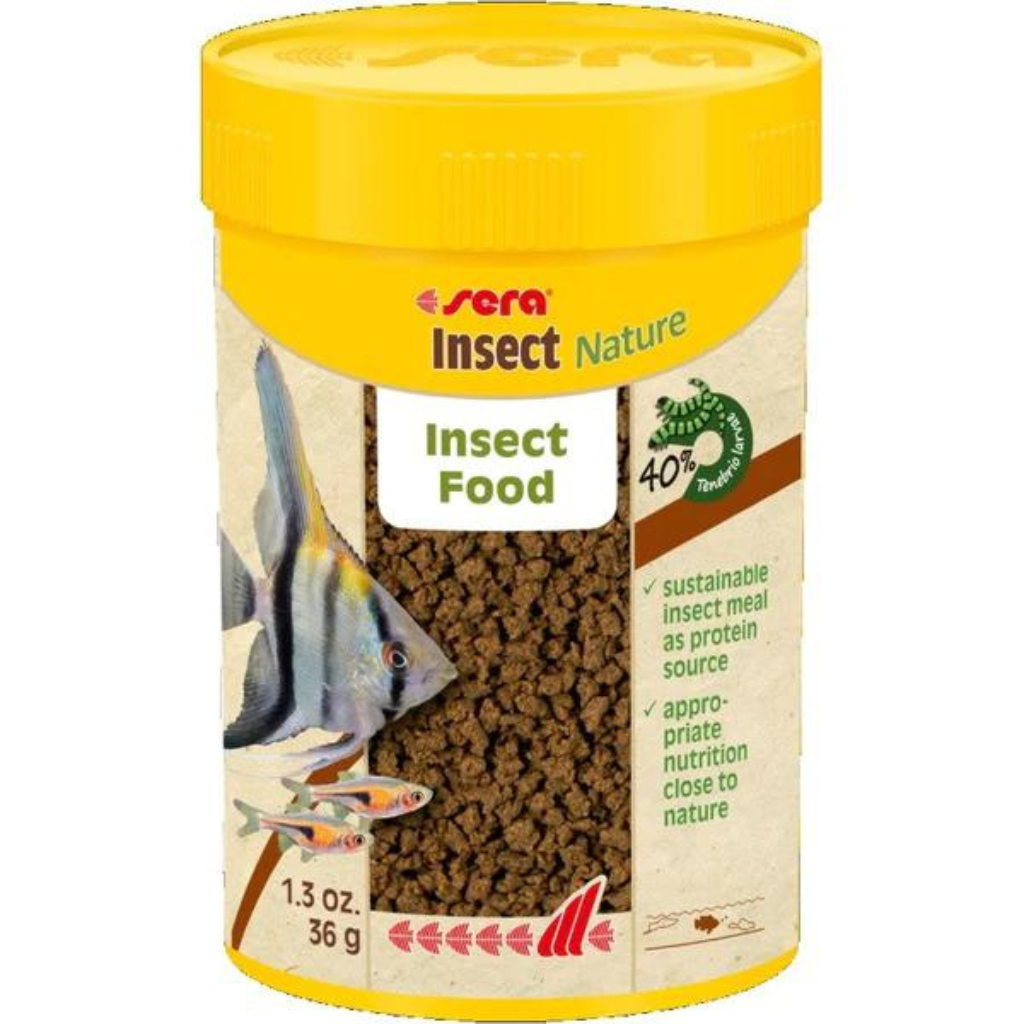
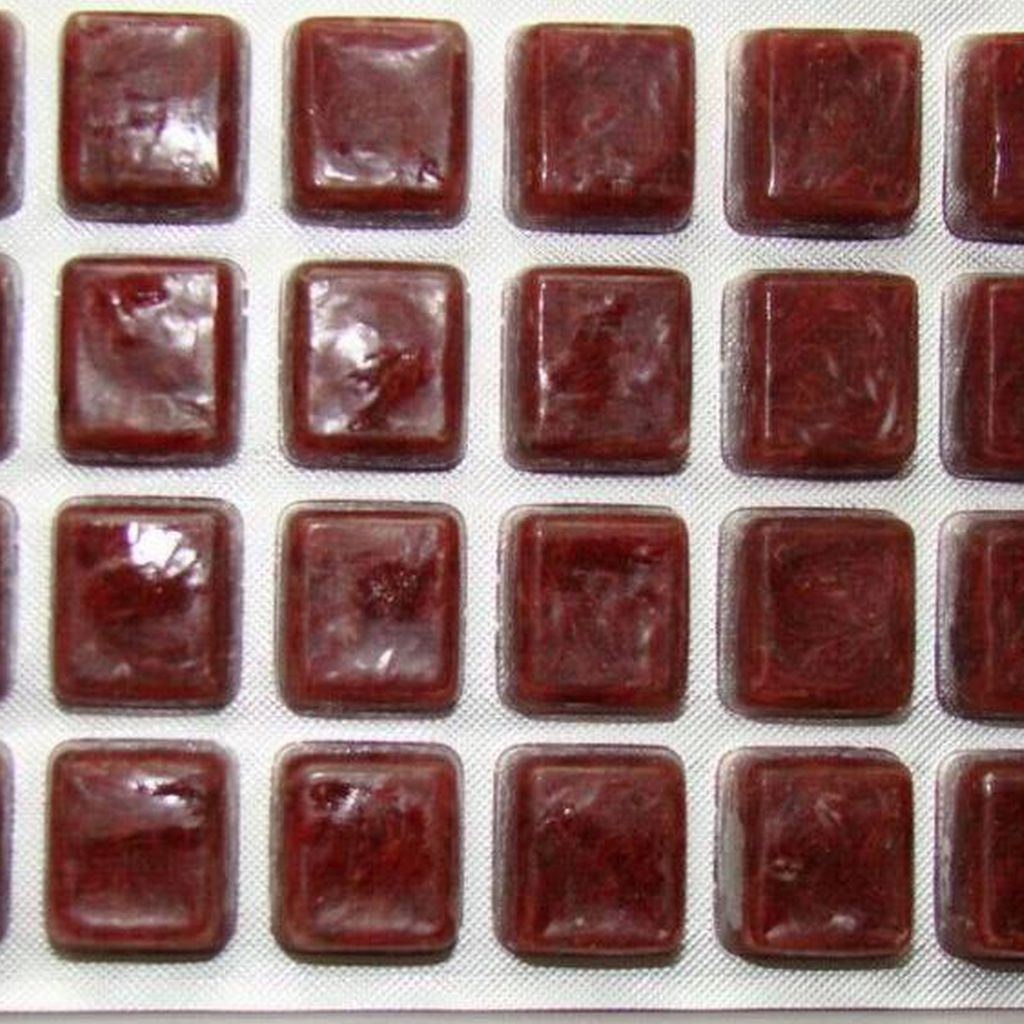
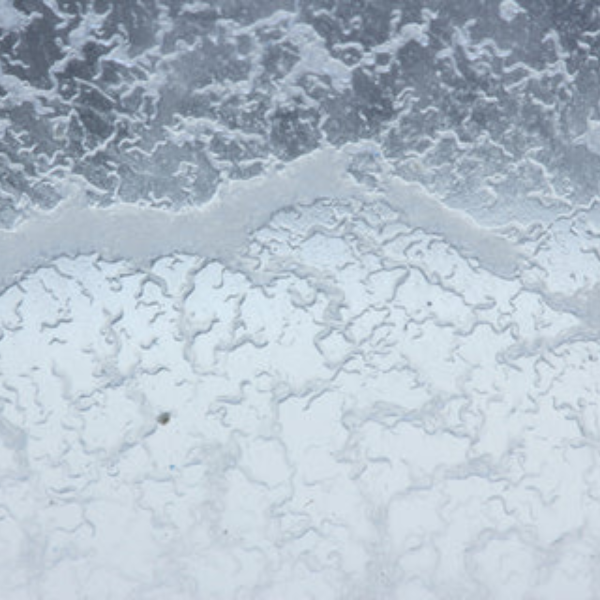
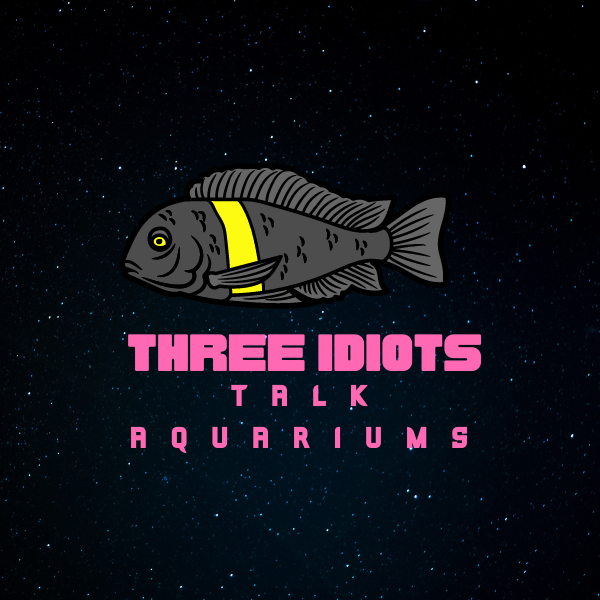



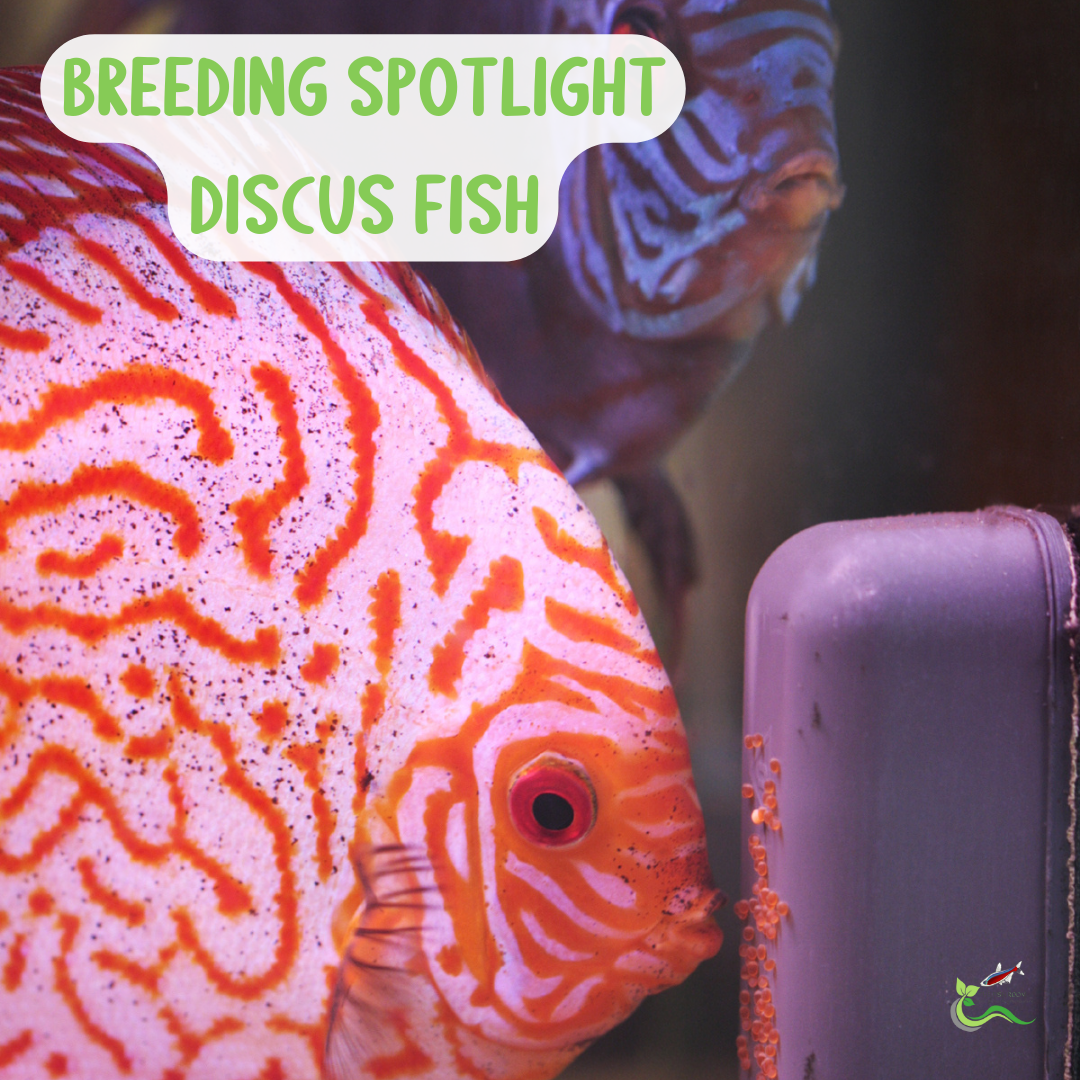
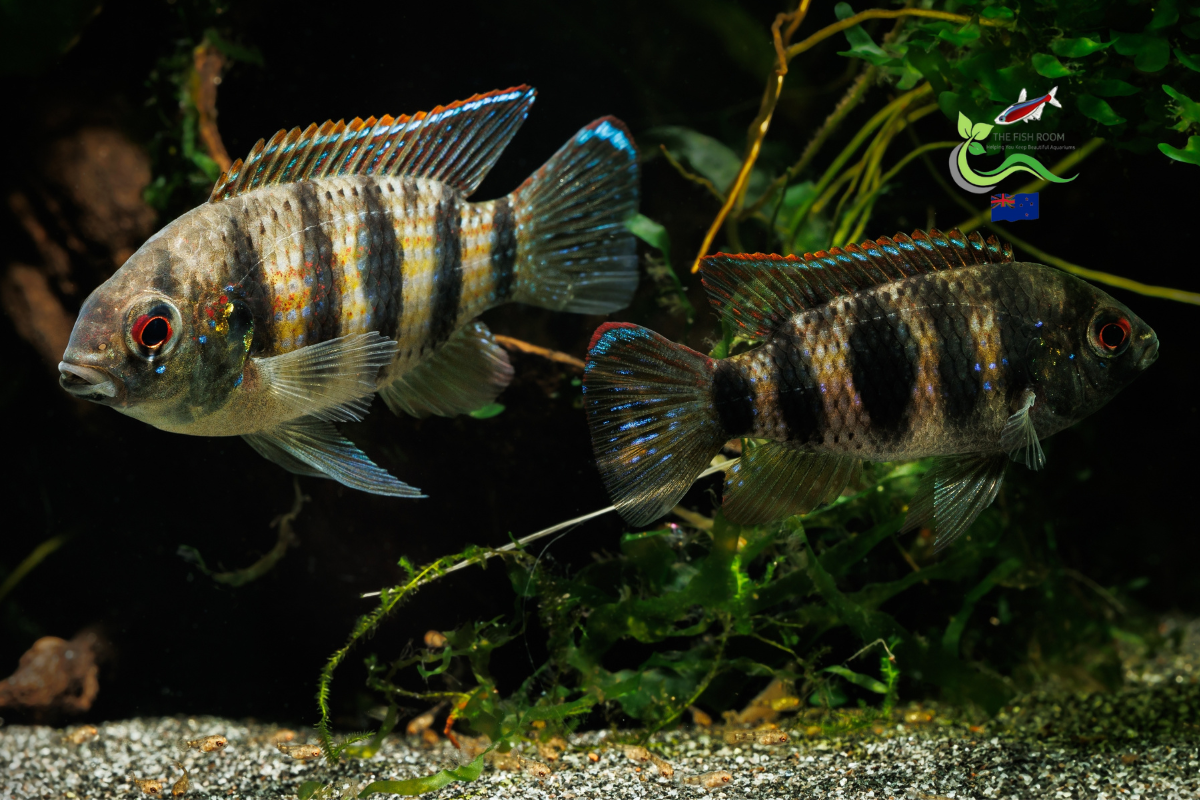
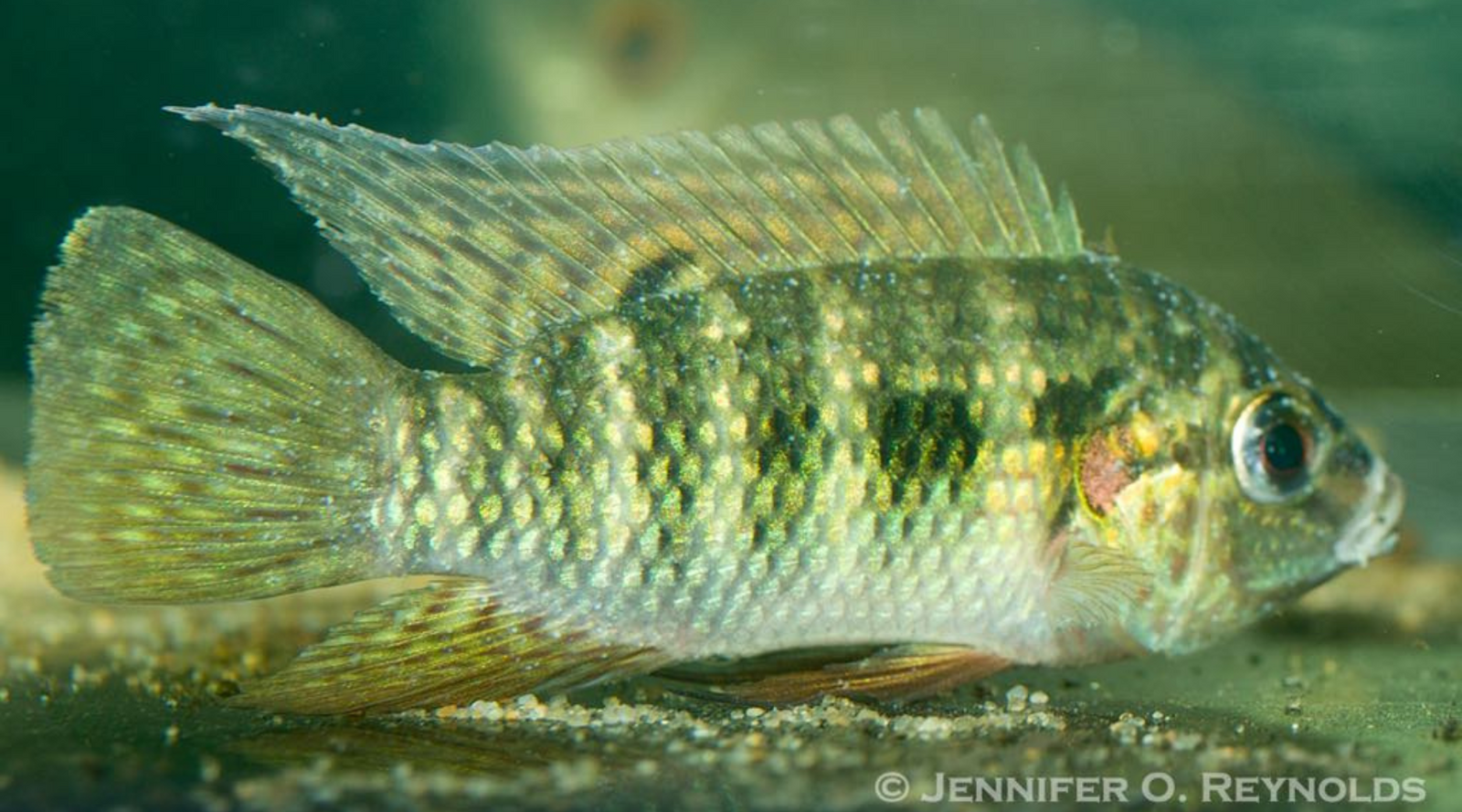
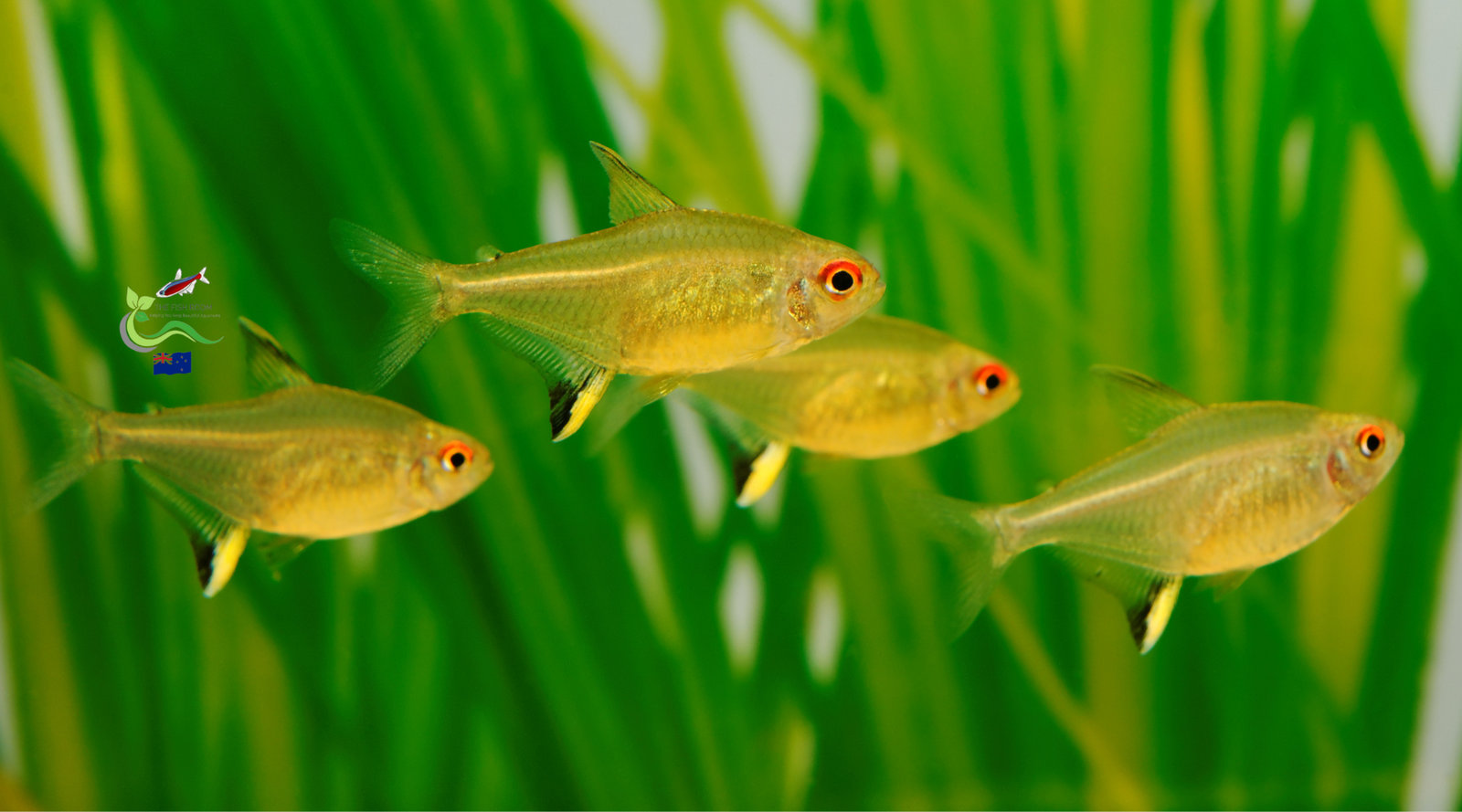
Leave a comment (all fields required)